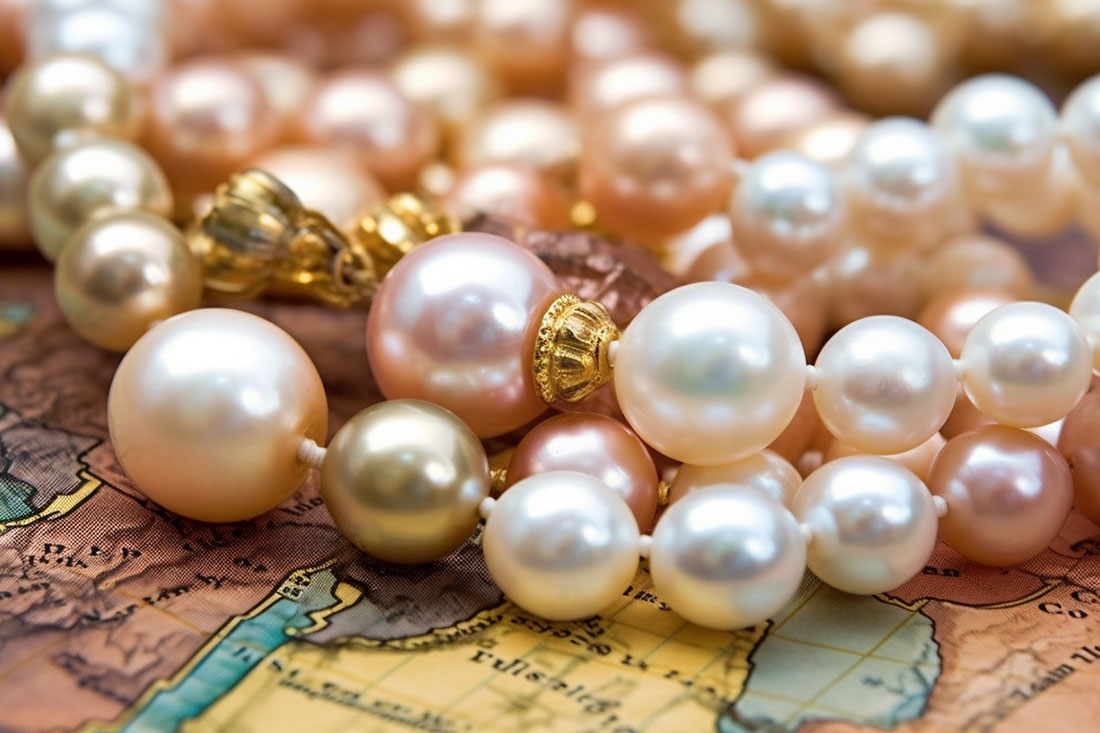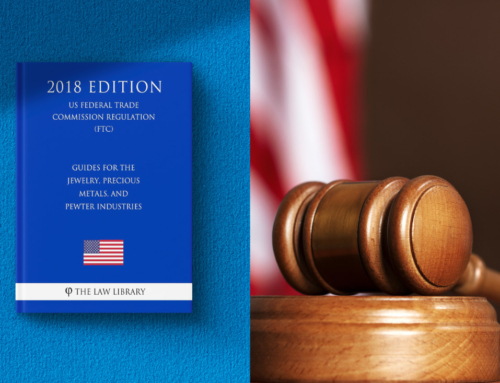We had a fascinating conversation during the JCK show about the challenges facing the pearl industry. Let’s address two of the three pearl categories, Freshwater & Akoya. I have not looked into issues with South Seas pearls yet.
Fresh Water pearls are harvested primarily in China and have been abundantly available to global markets for decades. Apparently, the Chinese have decided to market their pearls to their own consumers and have been keeping their pearl crops largely to themselves rather than exporting to the rest of the world. Freshwater pearls are simply not available in the quantities we have been accustomed to.
Akoya pearls, primarily a product of Japan, have been having issues with production due to climate and water quality. In case you may not be familiar with the differences, Akoya pearls are the traditional ‘round’ cultured pearls that begin life as a round bead made of shell which is inserted into an oyster. The bead is surrounded by small amount of tissue from another oyster, causing the host oyster to begin the process of producing layer upon layer of nacre. After several years of growth, a pearl is ready to be harvested. The ‘nacre’ that grows in layers over the shell bead, or nucleus, is made of the same material as the inside of the oyster’s shell.
Freshwater pearls are also known as non-nucleated pearls because, in their case, no round shell bead is used in their production. Instead, a small piece of tissue is inserted into an incision made in the body of the oyster which, being an irritant to the host’s body, is coated with the same nacre from the inside of their shells.
The important takeaway here is that all cultured pearls are organic and are produced by living creatures which are impacted by environmental changes such as water temperatures and pollution. Freshwater pearls are grown in ponds where the quality of the water can be controlled somewhat, especially compared with the vagaries of the waters that impact the Akoya crops. Cultured Pearls are crops. There will be good years with great harvests and not-so-good years that impact production and quality of the harvest.
The reason I’m bringing these things to your attention is that pearls have been getting scarce and their prices are increasing rapidly. Where you may have looked at your pearl inventory as easy to replace, with relatively inexpensive and stable prices, you may want to check with your pearl suppliers to get price updates.
- Especially anything that you’ve owned for a while; their prices may be 20-30% higher to replace them.
- Combine the increases in pearl prices with the increases in metal prices and you may find yourself scrambling to supply the same goods at the same prices in the coming weeks and months.
- Ask your suppliers what’s happened to the strand prices and supply issues, especially with any freshwater inventory you have.
- Some of the better goods may not be able to be replaced at all. I had been hearing about pearl supplies being a challenge over the past few months, but I thought it had to do with the water quality issues.
The conversation about China keeping their products for domestic consumption was an eye-opener. If you know anything else about these issues, please share your pearls of wisdom with us.






